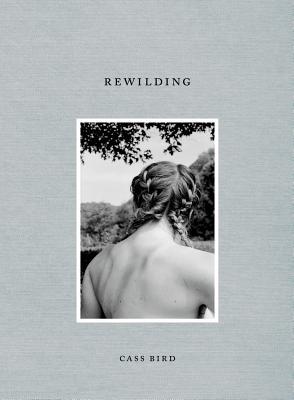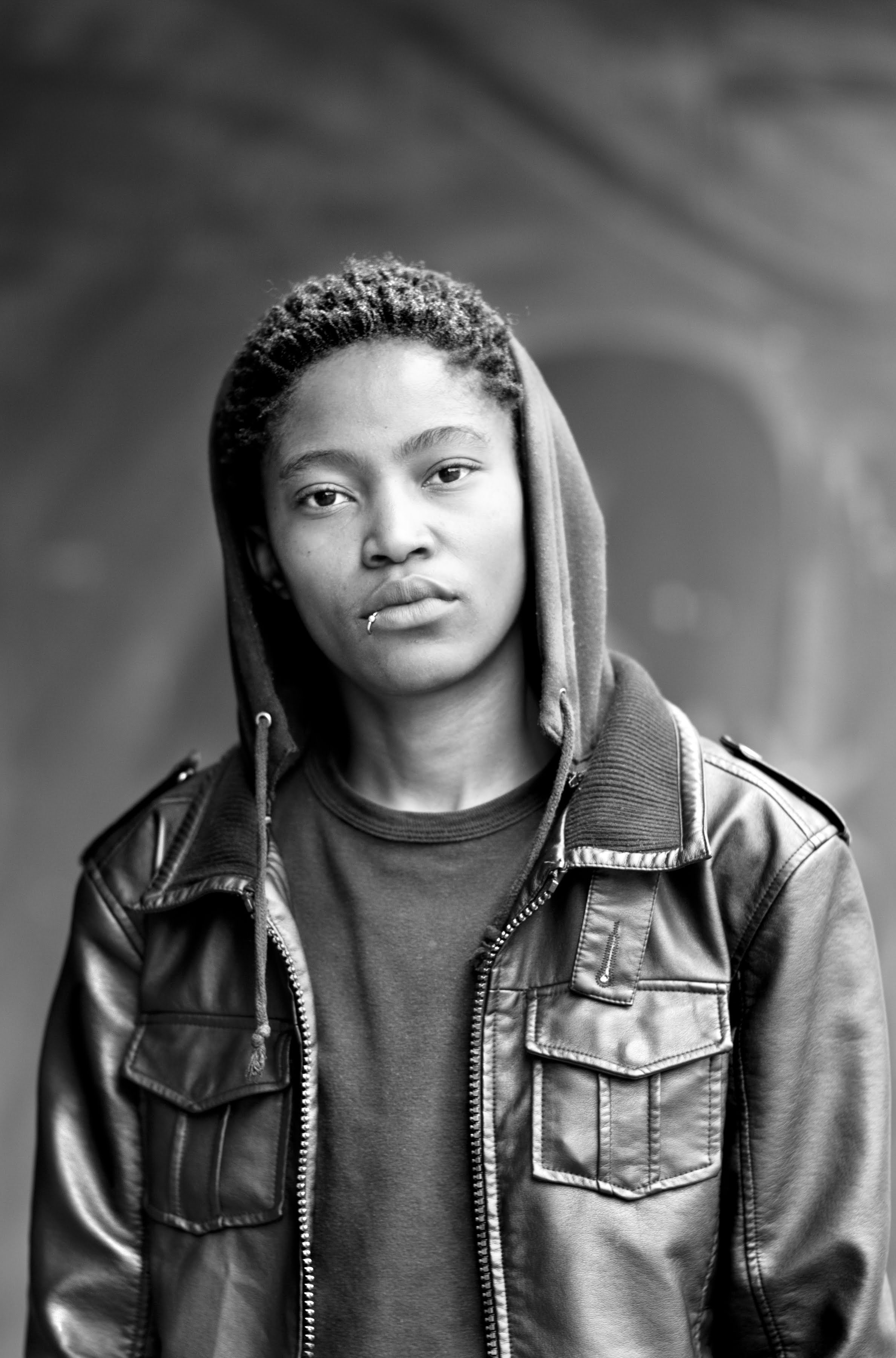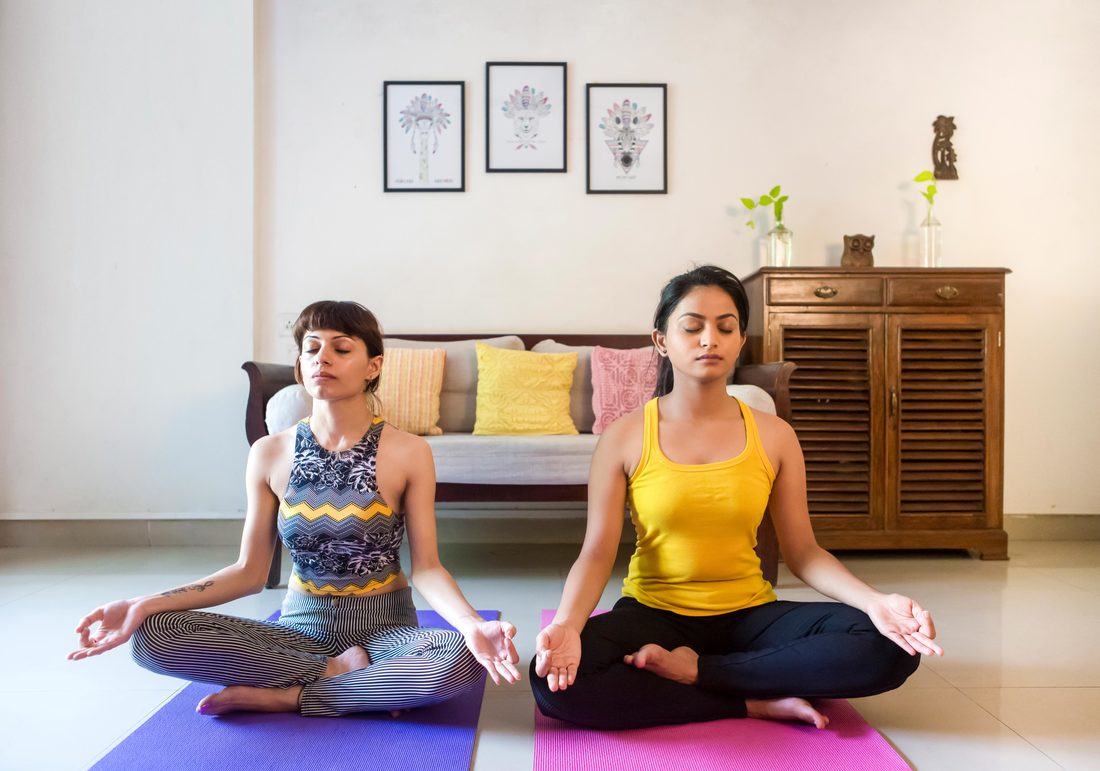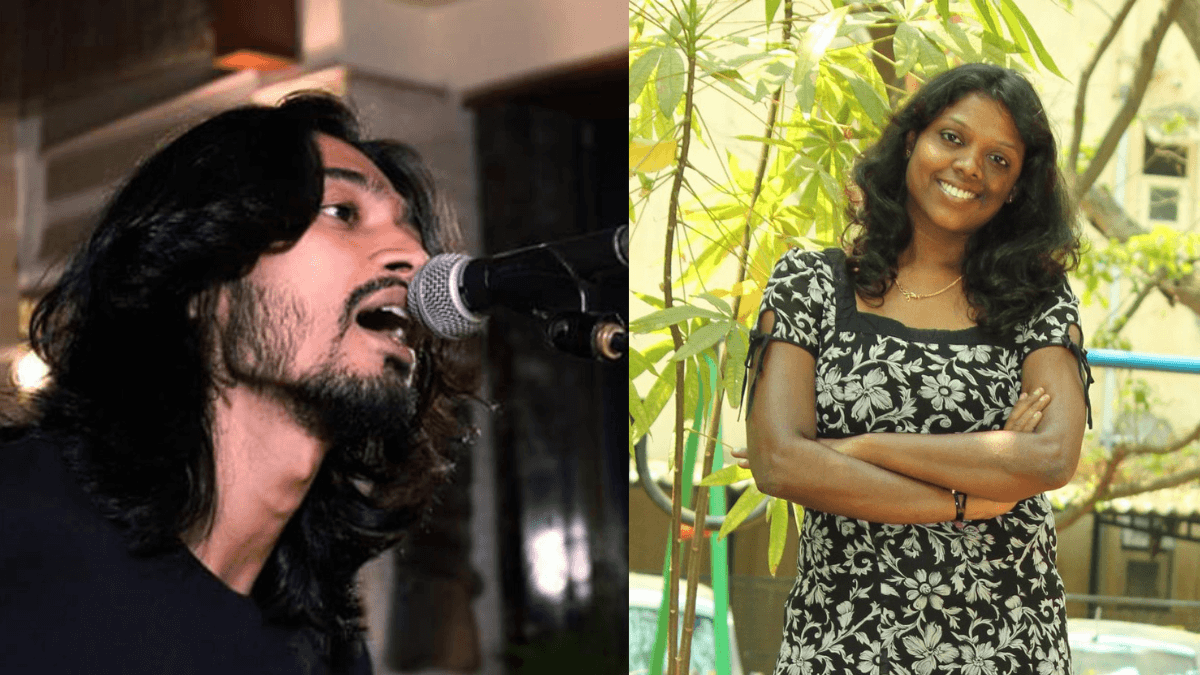A cursory scrolling through the lesbian category on PornHub is enough to overwhelm. The content is seemingly never-ending. However, the hyper-sexualization of lesbians is not particular to porn and can be found in other visual mediums as well.
Several television shows and films will have a scene containing two women in an intimate setting in order to titillate male audiences. For example, Jennifer’s Body sees Megan Fox in a steamy scene with her best friend after being possessed by a demon.
The popular television show, Riverdale, recently received a lot of flak from the queer community because of a kiss between Betty and Veronica in the first episode of the first season that was casually forgotten about as the season progressed. These examples create and then further reinforce the idea that lesbian relationships are purely sexual.
the hyper-sexualization of lesbians is not particular to porn and can be found in other visual mediums as well.
The impulse to sexualize lesbianism is not only seen in cinemas of the West. While the film Fire, directed by Deepa Mehta, was shunned in India because of its portrayal of a deep love between two sisters-in-law; the film Girlfriend, released in 2004, about an obsessive relationship between two female best friends received no pushback.
The film was even marketed with posters depicting the two central female characters touching each other intimately. The lack of backlash against Girlfriend can be read in terms of a larger rhetoric which claims that true romantic relationships can only occur between a man and a woman, allowing homosexual relationships to be reduced to just sex.
It is interesting to note that the hyper-sexualized lesbian most often conforms to established norms of beauty and is referred to as femme. The butch lesbian, on the other hand, is perceived as unattractive by the male gaze because of the presence of masculinity in their appearance. These lesbians are usually the butt of jokes.
Therefore, the over-sexualization of two good-looking women in a relationship may be attributed to their appearance rather than their identity as a homosexual couple. The sexualization of lesbianism is so pervasive that there is an entire book dedicated to the subject – Lesbians for Men, containing 300 photographs featuring multiple heterosexual women engaging in sexual acts with one-another, the aim being to tantalize the consumer.
Also Read: Porn Will Not Help You Understand Women In Same-Sex Relationships

Image Credit: Goodreads
The goal of lesbian photography has been to defy the expectations of the audience. This tradition can be traced back to one of America’s first female photographers, Alice Austen. A lesbian photographer from Staten Island, she was known to document the everyday lives of queer people. While relatively unknown, the work of several well-known lesbian photographers is in a similar vein as Austen’s.
For example, the 2012 book Rewilding by Cass Bird features young queer female subjects climbing up trees and racing barefoot through open fields. These women are not overtly feminine or conventionally pretty, their scars are not hidden and some of them even have slight facial hair. The cover of the book is telling as well. On it is the image of a woman from the chest up, her upper half is bare, and she is turned away from the camera. The message is clear – while this book does document queer bodies, these bodies are not meant for consumption.

Zanele Muholi. Image Credit: PEN/Out Write
It was in an aesthetics class that I encountered the work of Zanele Muholi. Muholi grew up in Durban, South Africa, and describes herself as an activist rather than an artist. She is the co-founder of the Forum of Empowerment of Women and also founded a platform for queer and visual activism called Inkanyiso.
Her project titled ‘Faces and Phases’ documents the queer black community of South Africa. Many of her subjects are survivors of corrective rape, a practice that is widespread in South Africa. The women in these portraits stare unflinchingly into the camera, and their (including that of Muholi’s) lives are a testament to how the simple act of existing can be a mode of resistance.
The aim of the #LforLove campaign, launched by the NGO Love Matters, as proclaimed on their website is to “[…] end the portrayal of homosexual women as objects of fantasy”. Coupled with a series of photographs are a bunch of questions generally asked about lesbian relationships, answered by the curators in a witty manner.
For example, a picture of two women meditating is captioned “Which is your favourite position? This one is quite soothing”. In an interview with the Times of India, Monisha Ajgaonkar, the photographer for the project and a member of the queer community, talked about the significance of the project as a catalyst for conversation and an enabler of pride in one’s sexuality. With enough sharing of the photographs, the project hopes to replace the overly sexual images of lesbianism that dominate the internet.

“Which is your favourite position?”
“This one is quite soothing.”
Image Credit: #LForLove Project
The #LforLove project fits in with a larger tradition of resistance via photography. An initiative such as this, particularly in a space where the rights of the LGBTQ+ Community are in a precarious position at best, is not only important to combat the fetishization of lesbianism, but also to normalise the image of two women being in a relationship with one-another. To normalise the idea that love between two or more people is not restricted to gender.
References:
Slade Magazine
The Guardian
Western Washington University
LforLove
Featured Image Credit: Love Matters
About the author(s)
Currently in between semi and full adulthood. Writing helps me work out all the complex thoughts I have floating around in my brain.




